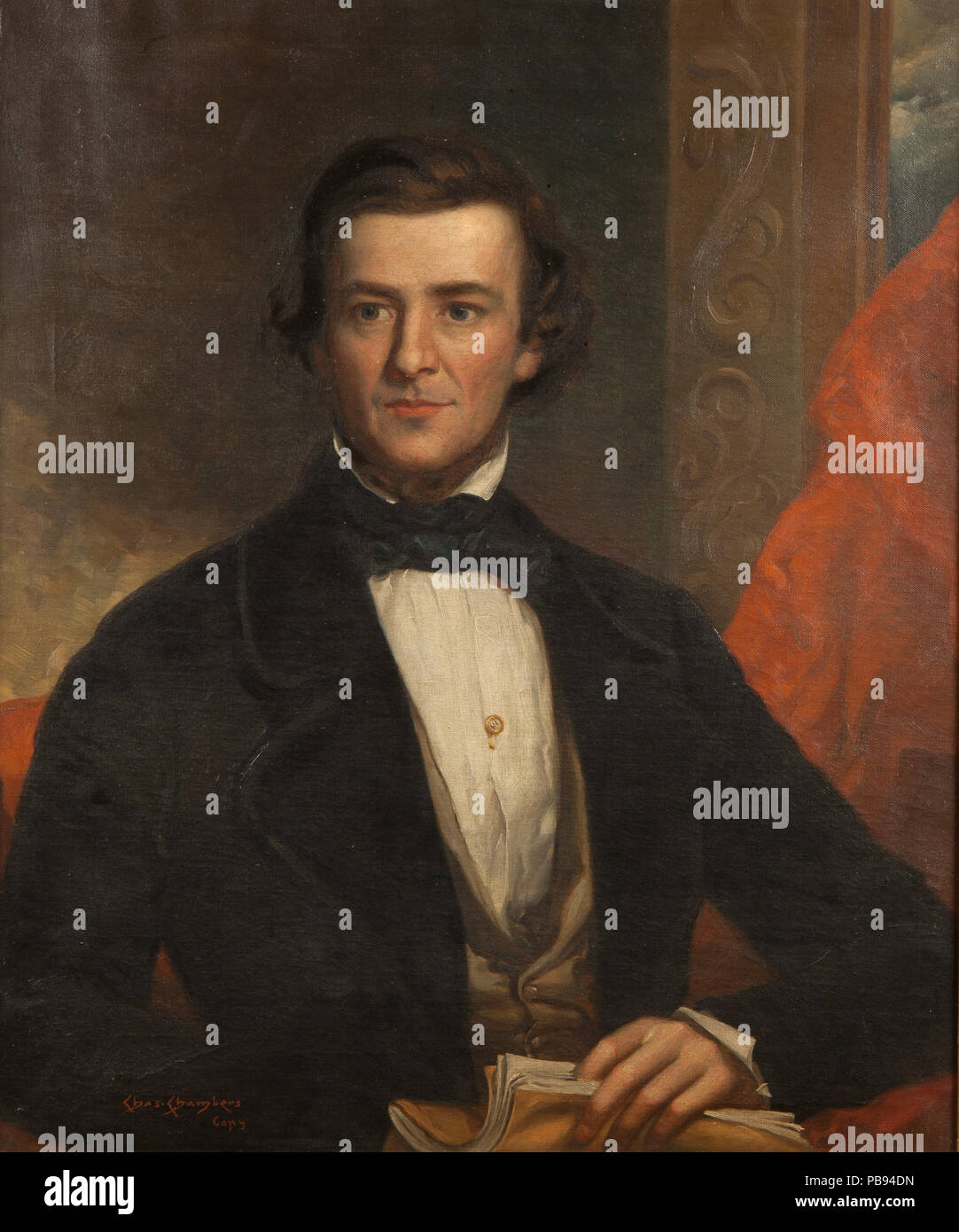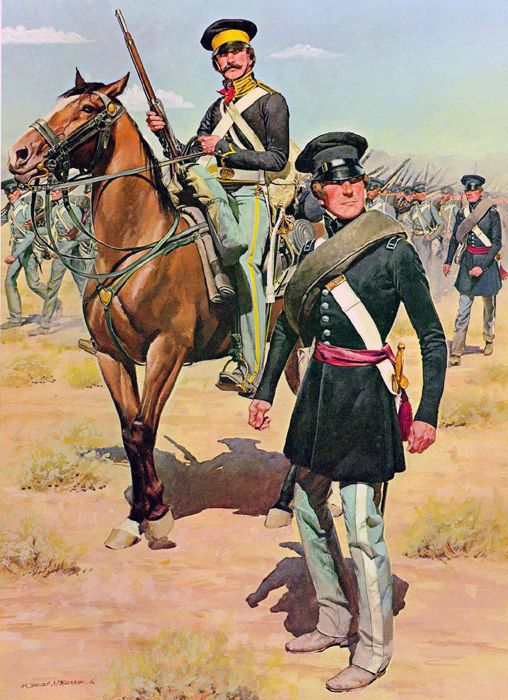
The Man Who Became a Crocodile: David Dawson Mitchell and the Soul of the Sepik
In the heart of Papua New Guinea, where the serpentine Sepik River carves its ancient path through dense jungle and timeless villages, a remarkable story of cultural immersion and intellectual courage unfolded. This is the story of David Dawson Mitchell, an anthropologist whose journey from the industrial streets of Glasgow to the sacred initiation grounds of the Iatmul people transcended mere academic inquiry, becoming a profound, lifelong testament to the power of human connection and the fragility of tradition. Mitchell didn’t just study the Sepik; he lived it, breathed it, and, in a sense, became a part of its very fabric, earning him a unique place in the annals of ethnography and the collective memory of those he dedicated his life to understanding.
Born in 1948 in Glasgow, Scotland, Mitchell’s early life offered little hint of the extraordinary path he would eventually tread. The son of a shipyard worker, he grew up in a world far removed from the complex ritualistic societies of Melanesia. Yet, a restless curiosity and an innate drive to understand human experience beyond the confines of his own culture led him to anthropology. It was a field that promised not just knowledge, but an adventure of the mind and spirit, a chance to step into the shoes of others and see the world through their eyes. This intellectual yearning would eventually draw him halfway across the globe, to a region that would forever define his life’s work.
Mitchell’s arrival in the Sepik region in the early 1970s marked the beginning of an unparalleled ethnographic endeavor. Unlike many anthropologists who conducted fieldwork over a series of shorter visits, Mitchell committed to deep, prolonged immersion. He didn’t just observe; he participated. He learned the Iatmul language, not just to communicate, but to grasp the nuances of their thought, their poetry, their cosmology. He ate their food, slept in their houses, and, crucially, earned their trust – a commodity far more valuable than any academic grant. This was participant observation taken to its most profound extreme, a methodology that demanded not just intellectual rigor but immense personal resilience and an openness to radical transformation.

The Sepik River, often referred to as Papua New Guinea’s "cultural heartland," is renowned for its vibrant artistic traditions, particularly its elaborate carvings, spirit houses, and complex initiation ceremonies. Among the various groups inhabiting its banks, the Iatmul people, known for their powerful ancestor cults and spectacular ritual practices, became the focus of Mitchell’s most intensive study. He was particularly drawn to their male initiation rites, a series of transformative rituals designed to turn boys into men, connecting them to their ancestral spirits and the primordial power of the crocodile, a creature revered as both creator and fearsome predator.
Perhaps the most iconic and visually arresting aspect of these rituals, and one that Mitchell documented with unflinching honesty and empathy, is the crocodile scarification. This ancient practice involves cutting intricate patterns into the skin of young initiates, typically on their backs and chests, using razor-sharp bamboo slivers. The resulting raised scars, carefully tended to prevent infection, heal into a rough, scaled texture, visually mimicking the skin of a crocodile. It is a painful, arduous process, endured without anesthetic, symbolizing the initiates’ death as boys and their rebirth as men, imbued with the strength, ferocity, and ancestral connection of the crocodile.
Mitchell understood that these scars were not merely decorative or a test of endurance; they were a profound cosmological statement. "It’s not just a mark on the skin," Mitchell might have reflected, "it’s a profound re-shaping of the self, a literal embodiment of ancestral power. It’s a physical manifestation of a spiritual journey, a re-creation of the primordial crocodile ancestor within the human form." His ability to articulate the deep cultural significance behind such seemingly extreme practices set his work apart. He didn’t exoticize; he explained, placing the rituals within their intricate cultural, spiritual, and social contexts.
His work gained wider recognition through the groundbreaking 1993 documentary film, Crocodile Calling, produced by the Australian Broadcasting Corporation (ABC). Mitchell served as the primary consultant and guide, offering viewers an unprecedented, intimate glimpse into the heart of the Iatmul initiation ceremonies. The film, narrated by Mitchell himself, was both mesmerizing and challenging, confronting Western audiences with a powerful, often confronting, vision of cultural difference. It showcased the arduous scarification process, the elaborate feasting, the drumming, and the spiritual intensity that permeated every aspect of these rites of passage. Crocodile Calling became a landmark in ethnographic filmmaking, bringing Mitchell’s decades of fieldwork to a global audience and solidifying his reputation as a unique bridge between two vastly different worlds.
Beyond the visceral power of the rituals, Mitchell’s intellectual contributions extended to a critical examination of how the West perceived the Sepik. His book, The Myth of the Sepik, though not as widely published as Crocodile Calling was seen, delves into the layers of romanticization, projection, and colonial narratives that have historically shaped outsiders’ understanding of the region. He challenged the notion of the Sepik as a pristine, "untouched" Eden, arguing instead for a more nuanced understanding of its people as active agents in their own history, constantly adapting and responding to internal and external forces.
"The Sepik, for many in the West," Mitchell might have observed, "became a canvas for their own projections of the ‘primitive,’ the ‘untouched.’ My work was to peel back those layers, to understand it from within, to reveal the complex tapestry of meaning that Western eyes often glazed over in search of a romanticized ideal." He advocated for seeing the Sepik people not as relics of a bygone era, but as dynamic societies grappling with modernity, maintaining their traditions while selectively engaging with the outside world.
Mitchell’s journey wasn’t without its ethical labyrinths. The line between observer and participant, particularly in such deeply personal and sacred contexts, is always fraught. Anthropologists have long grappled with the concept of "going native" – the fear of losing one’s objective distance, or conversely, the criticism of maintaining too much distance. Mitchell walked this tightrope with remarkable grace. While he never claimed to be Iatmul, he embodied a profound respect and understanding that few outsiders achieved. His long-term presence meant he witnessed the internal politics, the changes wrought by missionaries, government, and globalization. He saw traditions adapt, sometimes fade, and sometimes re-emerge in new forms.
His dedication also meant personal sacrifice. His life became inextricably linked to the Sepik, shaping his identity in ways that few Westerners could comprehend. He became an elder figure in his own right, a trusted confidant and a repository of knowledge about a culture that was, and still is, under immense pressure from the encroaching modern world.

David Dawson Mitchell’s enduring legacy lies not just in the meticulously documented rituals and the critical insights into Western perceptions, but in the profound human story of his life. He demonstrated that anthropology, at its best, is not merely an academic exercise but a transformative journey of empathy and understanding. He showed that it is possible to bridge vast cultural divides, to witness and comprehend practices that defy Western sensibilities, and to do so with humility and respect.
In a world increasingly interconnected yet paradoxically fractured by misunderstanding, Mitchell’s work serves as a powerful reminder of the value of deep cultural immersion. His life illustrates the importance of listening, truly listening, to the stories of others, of recognizing the inherent dignity and complexity in every human society, regardless of how "primitive" or "advanced" they might appear from an outsider’s perspective. He stood against the tide of superficial observation, insisting on the long, arduous, yet ultimately rewarding path of genuine engagement.
As the world shrinks and cultures intertwine, the lessons from David Dawson Mitchell’s decades on the Sepik become ever more relevant. His unique blend of rigorous scholarship and profound personal commitment offered a window into a world few will ever experience directly. He taught us that to truly understand another culture, one must be willing to shed one’s preconceptions, embrace discomfort, and open oneself to the possibility of transformation – just as the boys of the Iatmul embrace the pain of the crocodile’s scales to become men. David Dawson Mitchell didn’t just study the Sepik; he allowed the Sepik to study him, and in that mutual exchange, he forged a legacy that will continue to resonate for generations to come.


